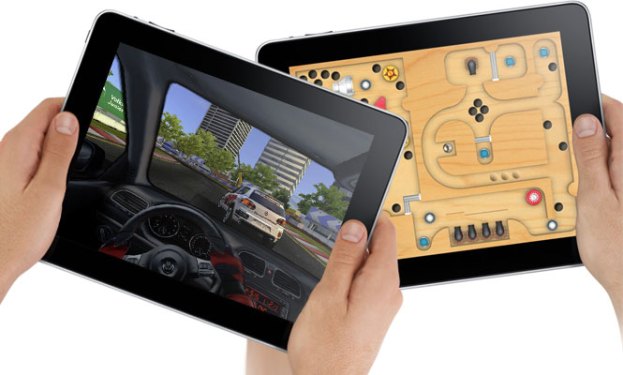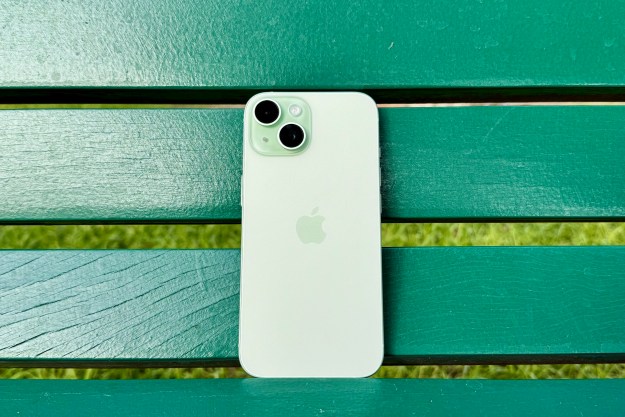
Apple has repeatedly claimed again and again during the company’s meteoric rise to consumer electronics dominance: It’s not making a video game console. Why should it? The iPhone, iPad, iPod Touch, and the iTunes App Store have fundamentally changed the nature of the video game business, making mobile gaming into a cultural and commercial force to be reckoned with. Mac sales even hit enough of a critical mass for Valve to bring Steam to Apple’s devices a couple of years back. Living room entertainment remains a quirky side project for the company, what with streaming gaming available by pairing the iPad and Apple TV, but it’s not a priority. Apple tried it once with the Pippin and failed, so why mess with success now?
That doesn’t mean that Apple isn’t interested in new ways to monetize its successful gaming business, though. While the Apple HDTV set remains an alluring rumor and the Apple game console an unlikely future product, what’s left? Peripherals.
According to multiple sources, Apple is preparing to release its very own video game controller to work with iOS devices. Unnamed developers attending GDC told Pocket Gamer that Apple plans to unveil its new gamepad at an event in April. These sources said that their games will support the device when it becomes available later this year, but as of now Apple hasn’t given them physical access to the controller, keeping it secreted away in their offices lest they be stolen or photographed like past prototypes. Apple has been setting up clandestine meetings with developers using a fake company name to let them know about the controller ahead of time.
Develop in turn followed up on Pocket Gamer’s report by drudging up an Apple patent that describes technology that would effectively turn an iPhone itself into a game controller that could be used in tandem with devices like Apple TV.
A new controller for iOS devices would be an ideal way for Apple to maintain parity with new competitors in the gaming world. The Google Android-powered OUYA, for example, will support both touch-based mobile Android games and those made for a controller. Even NVIDIA is trying to bridge the gap between touch mobile devices and traditional game devices with its Project Shield.
The Apple controller likely won’t precede a game console, though. “Customers love games,” said Tim Cook in 2012, “I’m not interested in being in the console business in what is though of as traditional gaming. But Apple is a big player today and things in the future will only make it bigger.”
Editors' Recommendations
- This one Apple Fitness feature completely changed how I exercise
- The best iPads in 2024: the 5 best ones you should buy
- We finally know when Apple will announce its 2024 iPads
- An Apple insider just revealed how iOS 18’s AI features will work
- Best iPhone deals: Save on iPhone 15, iPhone 15 Pro Max and more


